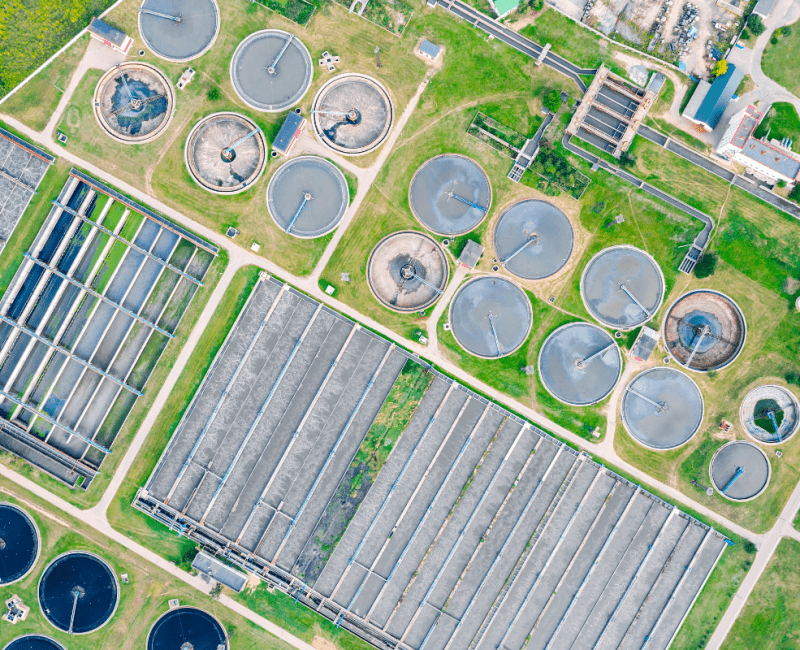
Potable water reuse is increasingly recognised as an important water management strategy for future Australian and international cities…

Potable water reuse is increasingly recognised as an important water management strategy for future Australian and international cities…
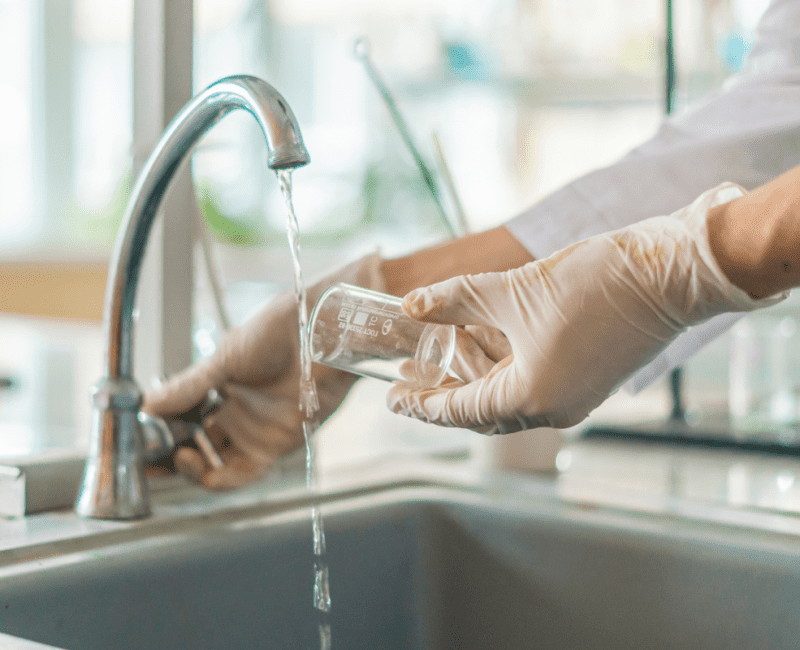
This project proposes to use novel concepts in computational chemistry to predict the likely transformation products (TP) of relevant EDCs/PPCPs with a range of disinfection and oxidation options (such as chlorine, chloramines and chlorine dioxide) commonly used in the production of drinking water, and to apply comprehensive in vitro toxicity testing to determine their likely toxicity profile…
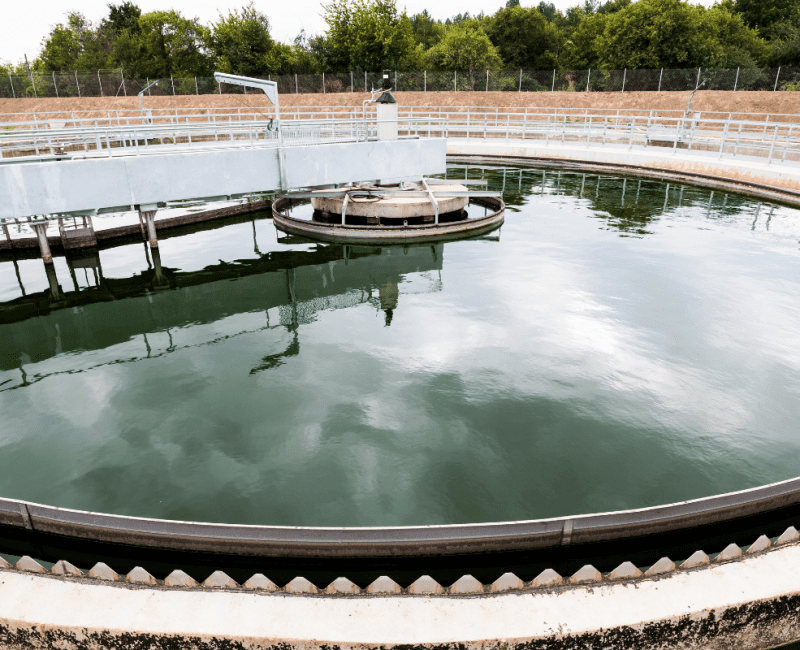
N-nitrosodiumdimethylamine (NDMA) in drinking water is one of many factors – such as a persons’ genes – that cause cancer…
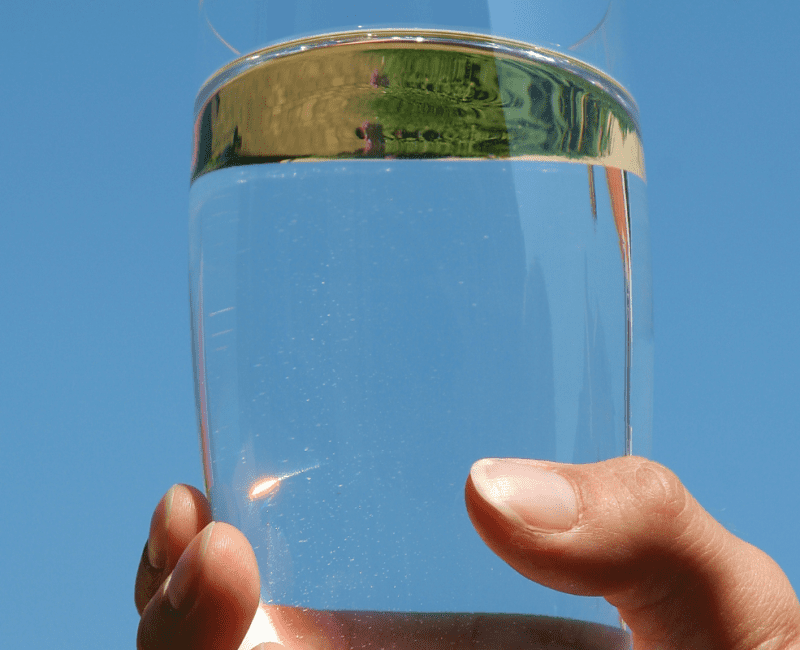
Disinfection is essential for removing harmful microbial pathogens and making safe drinking water but can also cause formation of disinfection by-products (DBPs), some of which pose a health risk…
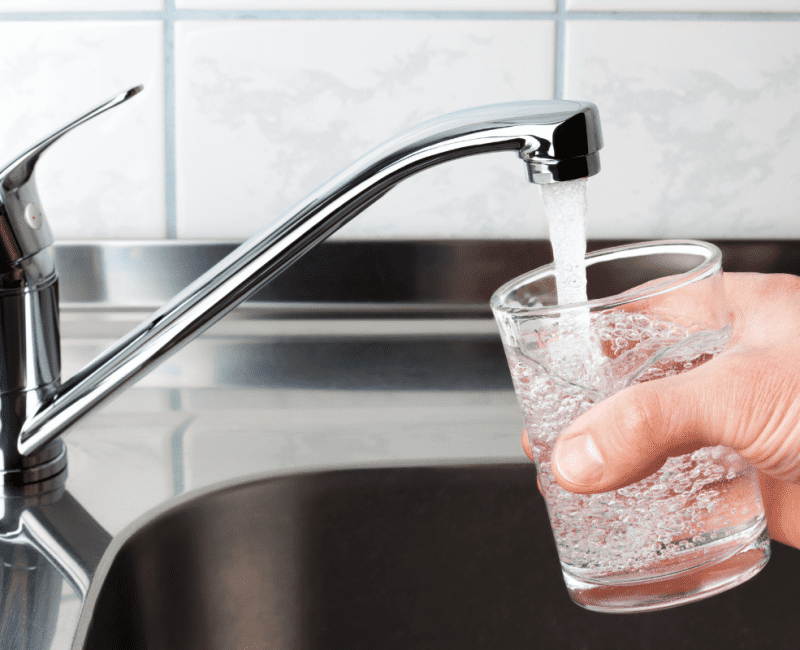
Microscopic pathogens in drinking water pose a risk to public health…
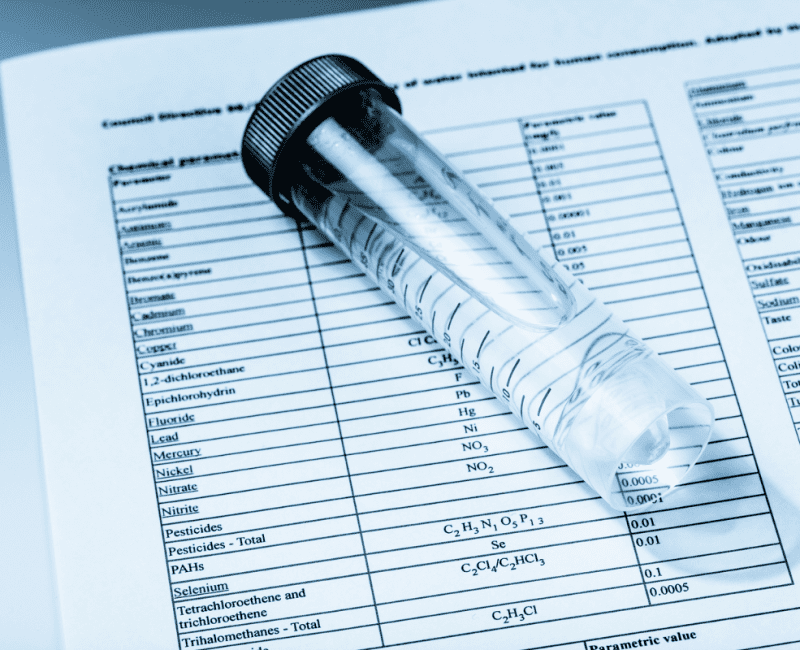
Source waters are disinfected to remove harmful pathogens, but chlorine reacts with organic matter and bromides to form disinfection by-products (DBPs) which can affect health…

Components of dissolved organic matter (DOM) and dissolved organic nitrogen (DON) in source waters can react with disinfecting chlorine or chloramine to form nitrogenous disinfection byproducts (n-DBPs) which might be toxic and hazardous to health…

Cyanobacterial blooms in surface waters are a source of cells, taste and odour compounds, and a range of toxins…

Chlorine removes harmful pathogens from water but has the disadvantage of forming disinfection by-products (DBPs) by reacting with organic matter sometimes found in water…
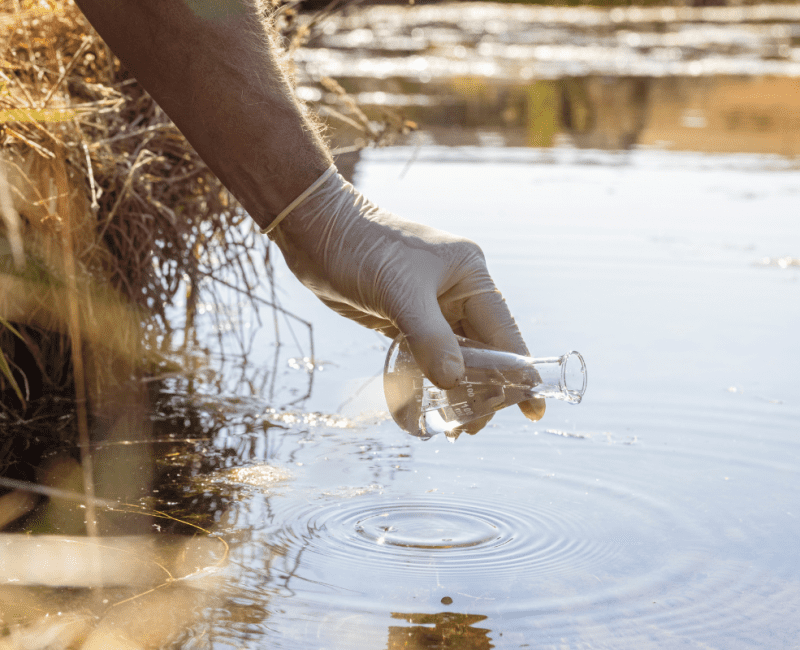
Water is disinfected to remove harmful microbes and pathogens such as cholera and typhoid…